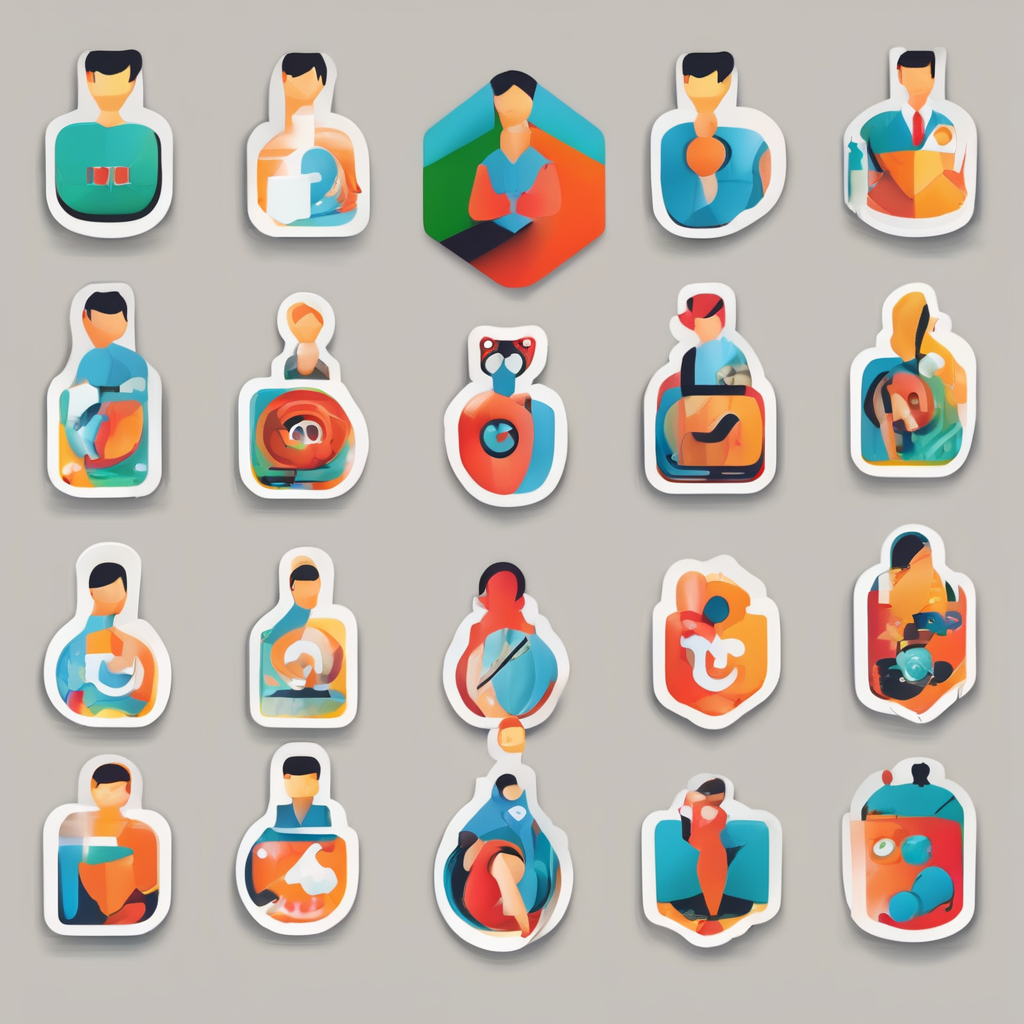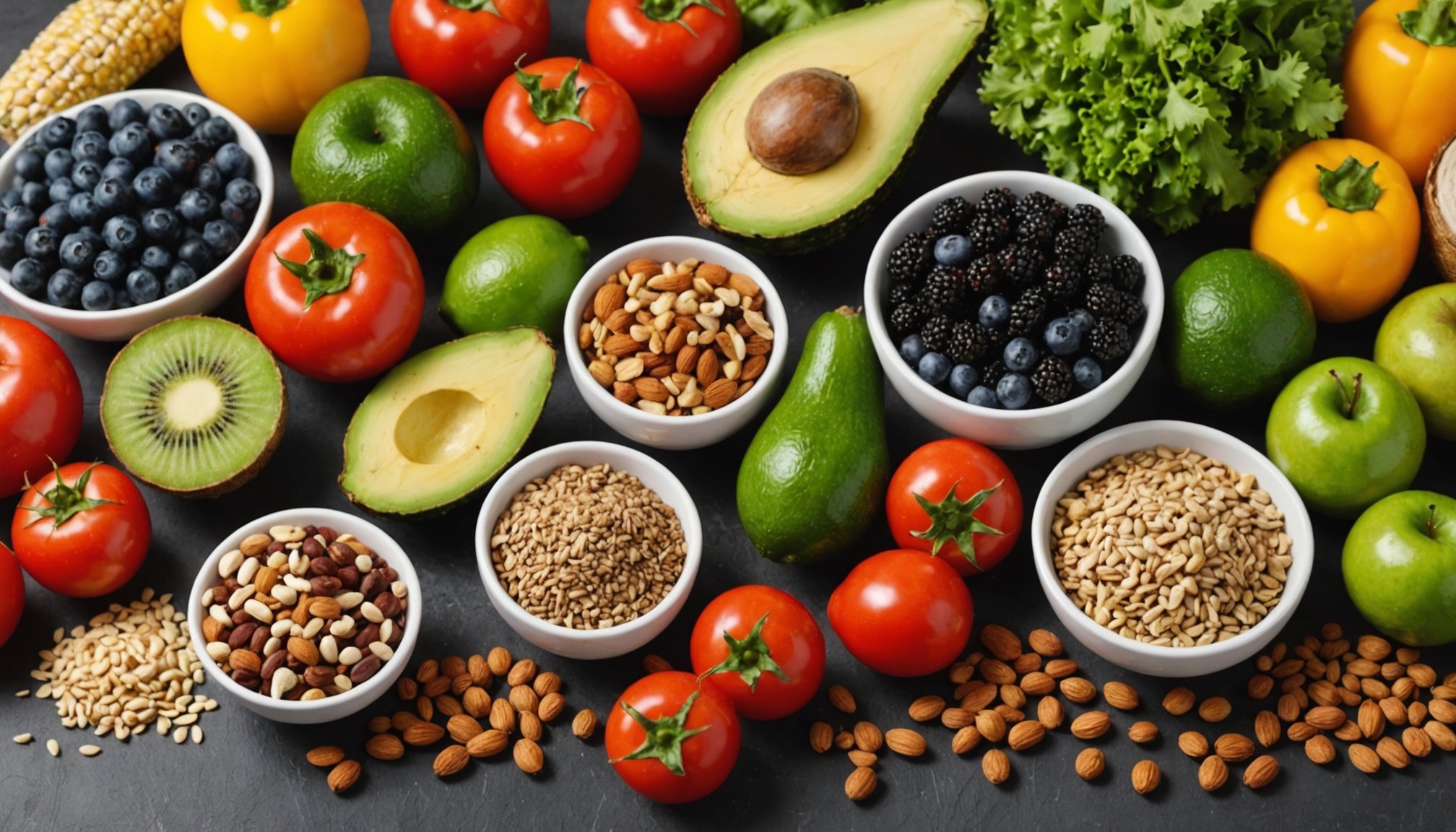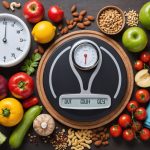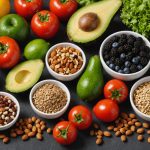In today’s fast-paced world, focusing on your health can often take a backseat to daily responsibilities. However, making small dietary changes can lead to significant improvements in your well-being. One essential component of a healthy diet is fiber. This article will explore how incorporating fiber-rich foods into your daily meals can enhance your weight loss efforts and contribute to your overall health. You will discover the different types of fiber, the best sources of these foods, and practical tips for increasing your fiber intake.
Understanding Fiber: The Basics
Before diving into the benefits of fiber, it’s essential to understand what it is and why it matters. Fiber is a type of carbohydrate that the body cannot digest. Unlike other carbohydrates, which break down into sugar molecules, fiber passes through the body undigested. There are two main types of dietary fiber: soluble and insoluble.
Additional reading : What is the significance of gut health in relation to weight control?
Soluble fiber dissolves in water to form a gel-like substance. It can help lower blood cholesterol and glucose levels, making it beneficial for heart health and blood sugar management. Foods rich in soluble fiber include oats, barley, nuts, seeds, beans, lentils, peas, and some fruits like apples and berries.
On the other hand, insoluble fiber does not dissolve in water. It adds bulk to your stool and helps food move through the digestive tract, which is essential for maintaining regular bowel movements and preventing constipation. Common sources of insoluble fiber include whole grains, wheat bran, and vegetables like carrots, celery, and tomatoes.
In parallel : What are some quick and healthy snack options that won’t sabotage your weight loss?
Incorporating both types of fiber into your diet is crucial for optimal health. The recommended daily intake for adults is about 25 grams for women and 38 grams for men. However, most people fall short of these recommendations. By understanding the basic types of dietary fiber, you can make informed choices about which foods to include in your meals.
Fiber and Weight Loss: How it Works
Many people seek effective strategies for weight loss. One powerful ally in your journey is fiber. Foods high in fiber can help with weight management in several ways. First, fiber increases satiety, which means you feel fuller for a longer time. When you eat fiber-rich foods, they absorb water and expand in your stomach, leading to a feeling of fullness without consuming excessive calories. This can prevent overeating and help you stick to your dietary goals.
Moreover, high fiber foods often require more chewing, which slows down your eating pace. Eating slowly allows time for your body to signal to your brain that you are full, reducing the likelihood of consuming extra calories.
Fiber-rich foods also tend to be lower in calories and higher in nutrients compared to processed foods. For instance, replacing a sugary snack with a piece of fruit or a handful of nuts can provide you with essential vitamins and minerals while keeping your calorie intake in check. Additionally, many high fiber foods are also rich in water, which contributes to hydration and fullness.
Another important factor is that fiber can help regulate blood sugar levels. By slowing down digestion and the absorption of sugar, fiber helps prevent spikes in blood sugar, which can lead to cravings and hunger pangs. By stabilizing your blood sugar, you’re less likely to reach for unhealthy snacks. Therefore, by strategically incorporating fiber into your daily meals, you can significantly enhance your weight loss efforts.
Best Fiber-Rich Foods for Your Diet
To effectively increase your fiber intake, it’s helpful to know which foods are the best sources. A variety of fruits, vegetables, whole grains, and legumes can help you reach and exceed your daily fiber goals.
Fruits are an excellent source of soluble fiber. Berries, pears, apples, and oranges are particularly high in this type of fiber. Incorporating these fruits into your breakfast or as snacks can easily boost your intake.
Vegetables also pack a powerful fiber punch. Think of leafy greens, broccoli, Brussels sprouts, and carrots. Aim to fill half your plate with these foods at meals. Not only do they provide fiber, but they are also low in calories and rich in vitamins and minerals.
Whole grains are another fantastic source of dietary fiber. Unlike refined grains, whole grains retain their bran and germ, which are rich in fiber. Examples include whole grain bread, brown rice, quinoa, and oats. These foods can serve as the foundation for your meals.
Legumes, including lentils, chickpeas, and kidney beans, are powerhouse foods for fiber content. They can be added to soups, salads, or enjoyed as a main dish. Including a variety of these fiber-rich foods in your diet not only improves your fiber intake but also adds diversity and flavor to your meals.
Tips for Increasing Your Fiber Intake
Integrating more fiber into your diet doesn’t have to be daunting. Here are some practical tips to help you increase your fiber intake effectively:
Start your day with a high fiber breakfast. Consider oatmeal topped with fruits and nuts or whole grain toast with avocado. This sets a positive tone for your diet.
When snacking, choose whole foods over processed options. Instead of chips, reach for carrot sticks, apple slices, or a handful of nuts. This simple switch can significantly increase your fiber consumption.
Make gradual changes. If you’re not used to eating a lot of fiber, suddenly increasing your intake can lead to digestive discomfort. Start with small amounts and gradually increase to allow your body to adjust.
Experiment with fiber-rich foods in your cooking. Try adding beans to salads, blending spinach into smoothies, or using whole grain pasta instead of white pasta. These changes can significantly elevate your fiber levels while enhancing the flavors of your meals.
Finally, stay hydrated. Drinking plenty of water is essential when consuming fiber, as it helps facilitate the movement of fiber through your digestive system. By following these tips, you can easily incorporate more fiber-rich foods into your daily routine.
Incorporating fiber-rich foods into your diet is one of the most effective strategies for enhancing your weight loss efforts and promoting your overall health. Understanding the different types of fiber and their benefits allows you to make smarter dietary choices. By focusing on a variety of fruits, vegetables, whole grains, and legumes, you will not only increase your fiber intake but also improve your nutrient profile and well-being. Remember, small changes can lead to significant results. Embrace the power of fiber and enjoy the journey towards a healthier, happier you.











